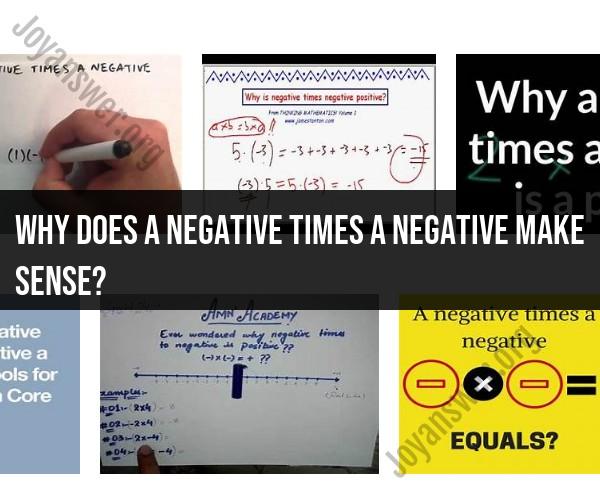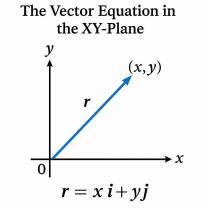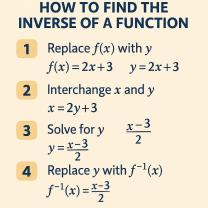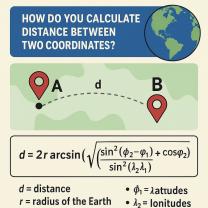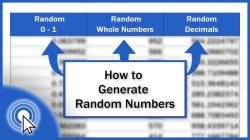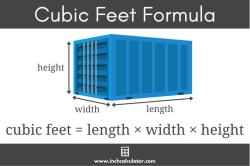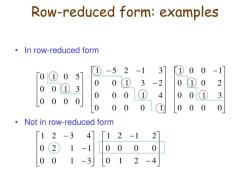Why does a negative times a negative make sense?
The rule that states "a negative times a negative equals a positive" is a fundamental concept in mathematics and is based on a combination of logical reasoning and the properties of numbers. Here's why it makes sense:
Multiplication as Repeated Addition: One way to understand multiplication is as repeated addition. For example, 3 times 4 can be thought of as adding 3 four times: 3 + 3 + 3 + 3 = 12. This concept extends to negative numbers.
Understanding Negative Numbers: Negative numbers represent values that are less than zero. For example, -3 represents a value that is three units below zero on the number line. Similarly, -4 represents a value that is four units below zero.
Now, let's consider what happens when we multiply negative numbers:
Negative times Positive: When you multiply a negative number by a positive number, you are essentially adding the negative number multiple times. For example, (-3) times 4 can be thought of as adding -3 four times: (-3) + (-3) + (-3) + (-3) = -12. In this case, you end up with a negative result.
Negative times Negative: When you multiply a negative number by another negative number, you are essentially adding the negative number multiple times, but in the opposite direction. For example, (-3) times (-4) can be thought of as adding -3 four times, but in the opposite direction: 3 + 3 + 3 + 3 = 12. In this case, you end up with a positive result because the negative numbers are canceling each other out.
In essence, when you multiply two negative numbers, you are combining their "opposite" directions, which results in a positive value. This rule aligns with the properties of numbers and ensures that mathematical operations are consistent and logical.
It's worth noting that this rule is a fundamental part of algebra and calculus and is used in various mathematical concepts and applications, such as solving equations, understanding the behavior of functions, and more.
